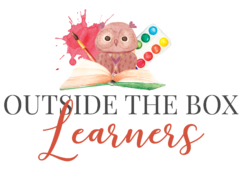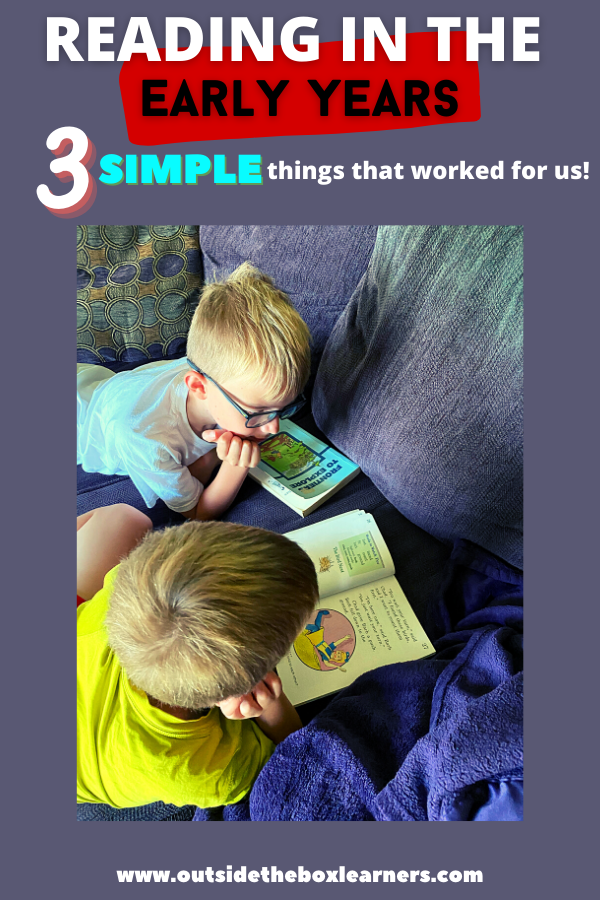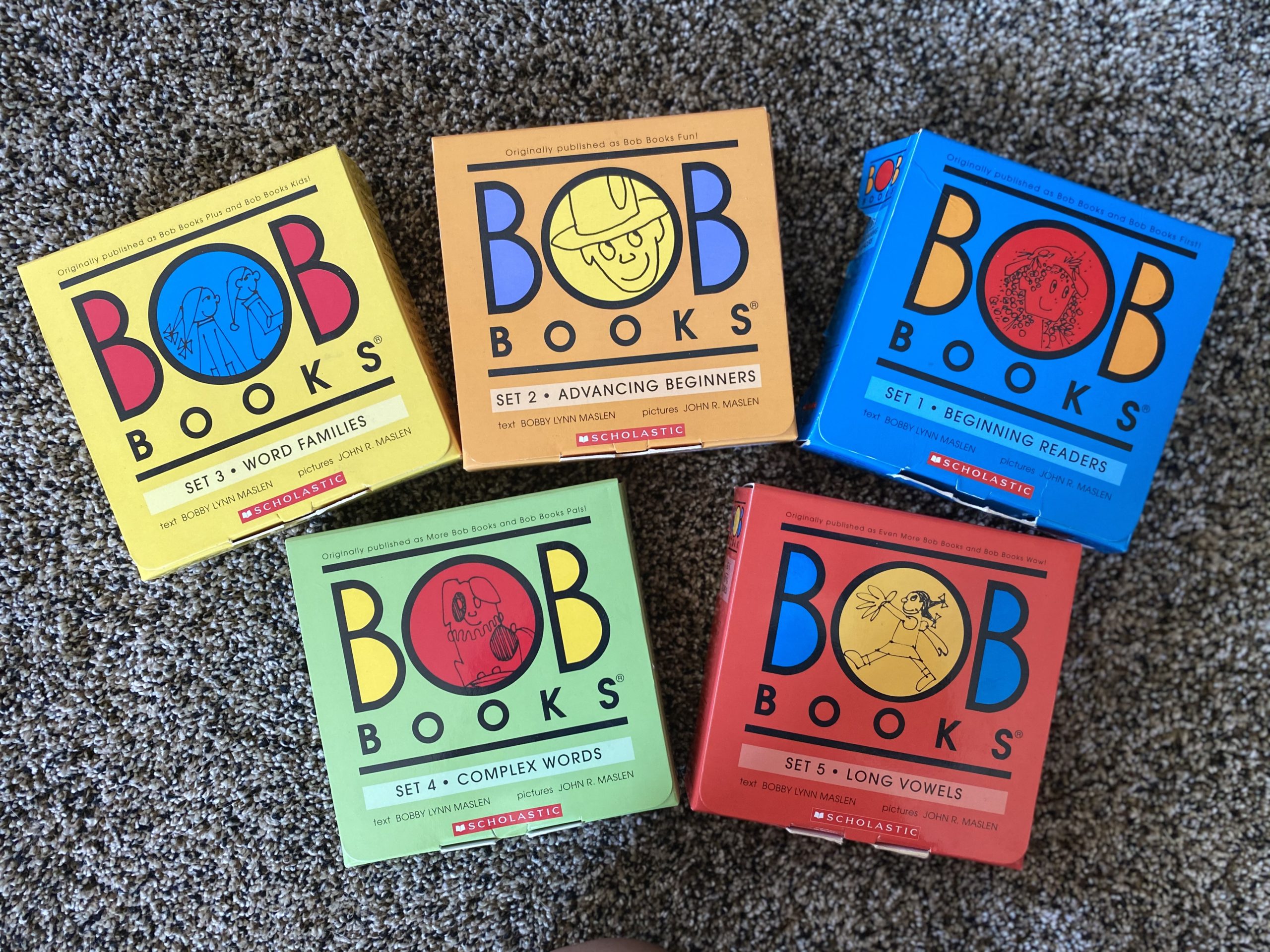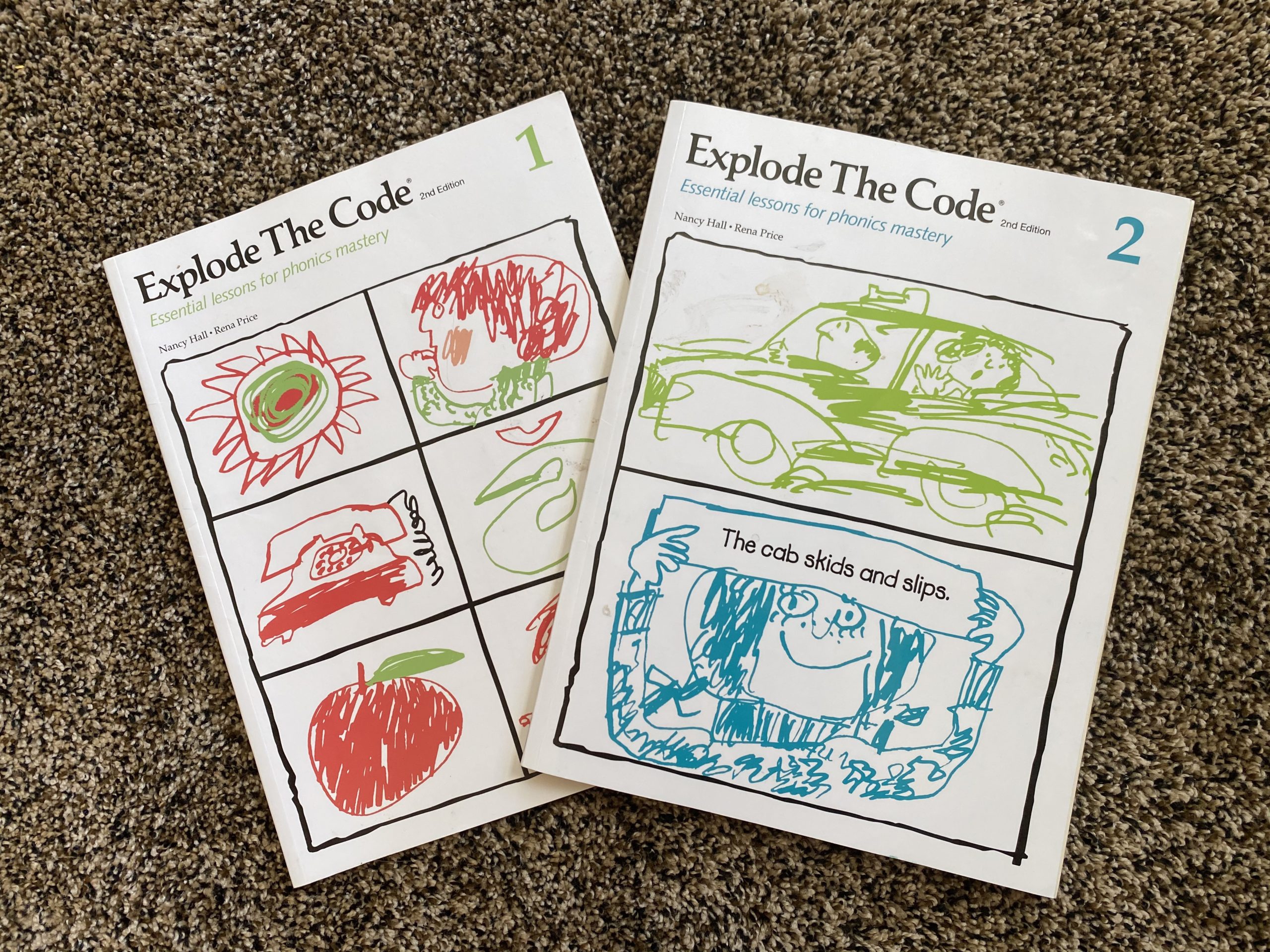Reading in the Early Years
Reading is the bedrock of education. Once you learn to read, you can teach yourself anything. Once you learn how to read, you are on the path to becoming a lifelong learner.
Unfortunately, teaching reading is also one of those things that can scare parents away from homeschooling in the early years. And it doesn’t need to be that way!
As we now have three readers in the house, I’ve had a chance to look back and consider three simple tools we used to teach reading in the early years.
This blog post contains affiliate links and any purchases made through such links will result in a small commission for me (at no extra cost to you).
1) Reading Aloud
I feel like a broken record with this one, but reading aloud is probably the best thing you can do to set your child up to be a lifelong reader and learner.
Remember, some children will be “late bloomers” when it comes to reading. Our middle son fell into this category, and we actually took a break from teaching him how to read, and simply read aloud to him until his brain was ready. That decision, which seemed crazy to some, paid off immensely.
If a child is resistant to learning the mechanics of how to read and it causes frustration or tears, I highly recommend focusing on just reading aloud to them, until they are ready.
2)Bob Books
Bob Books were a good starting point for teaching our kiddos the basics of reading. Bob Books appeal to young kids because the books are small and can easily be held by a child. And the characters are a little silly which also appeals to children.
The boxes these books come in are colorful and visually appealing (each color represents a level) and the books steadily progress in difficulty. Each book read gives the child a sense of accomplishment.
While Bob Books played a part in each of our children learning to read, some of our kids enjoyed them more than others. They are repetitive, which is great for learning how to read, but some learners may grow tired of them quickly.
3) Explode the Code Workbooks
With a focus on phonics, Explode the Code workbooks and are a fun and easy way to teach kids the building blocks of words.
Our daughter worked through a couple of these (Books 1 & 2) and then we felt they weren’t necessary anymore. She is a natural reader, writer and speller, and once it became busywork, we deemed it unnecessary.
Our son (age 10), however, is starting book 8, and has benefited from working through the entire series. Though he IS a strong reader, he is NOT a natural speller and these books have been instrumental in helping him see the breakdown of words. He also really enjoys working through them.
Our youngest (age 6) also enjoys working through the Explode the Code books and they have been a catalyst in his reading journey. I suspect he will not need to work through the whole series, but he is enjoying them for now.
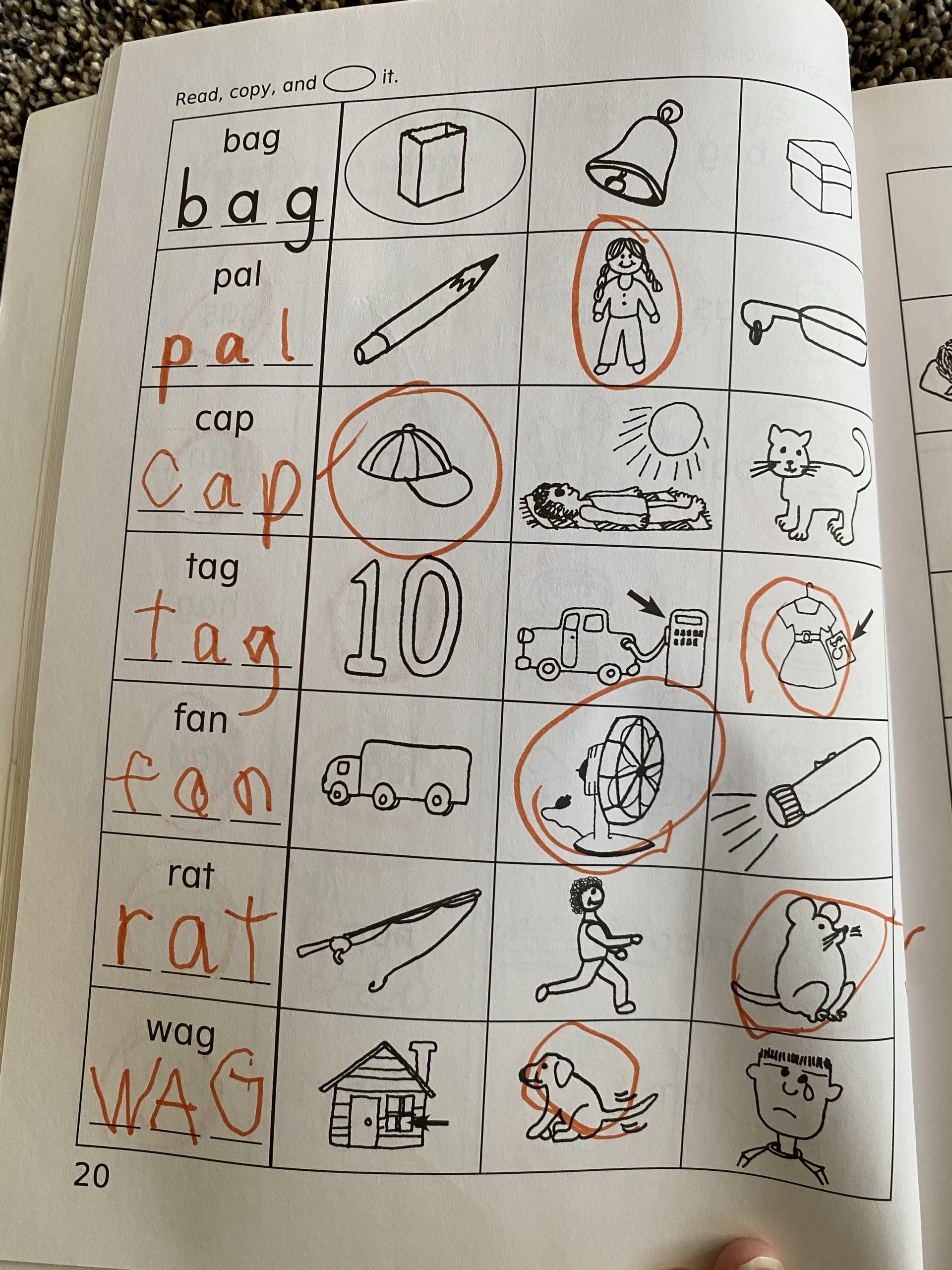
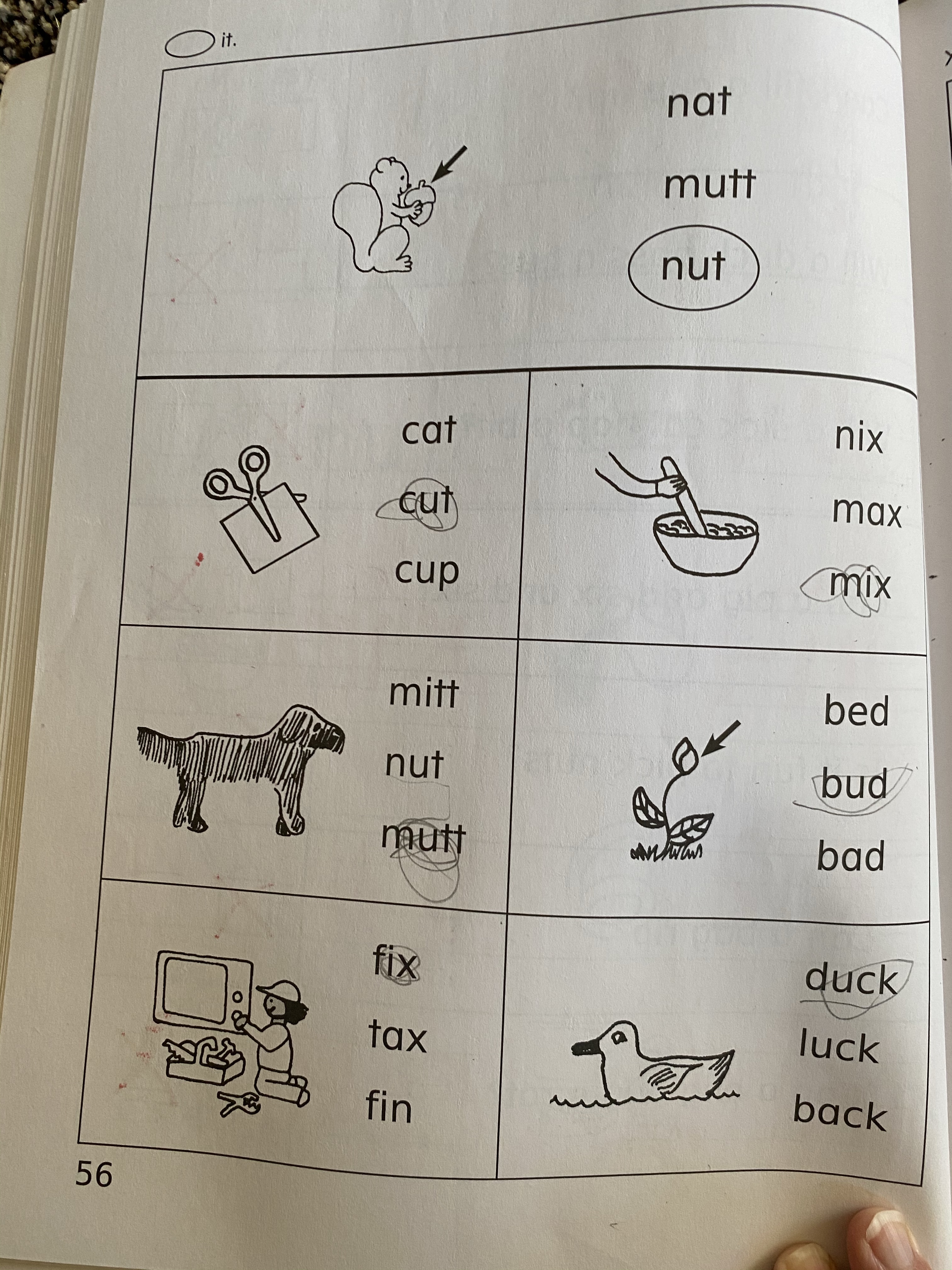
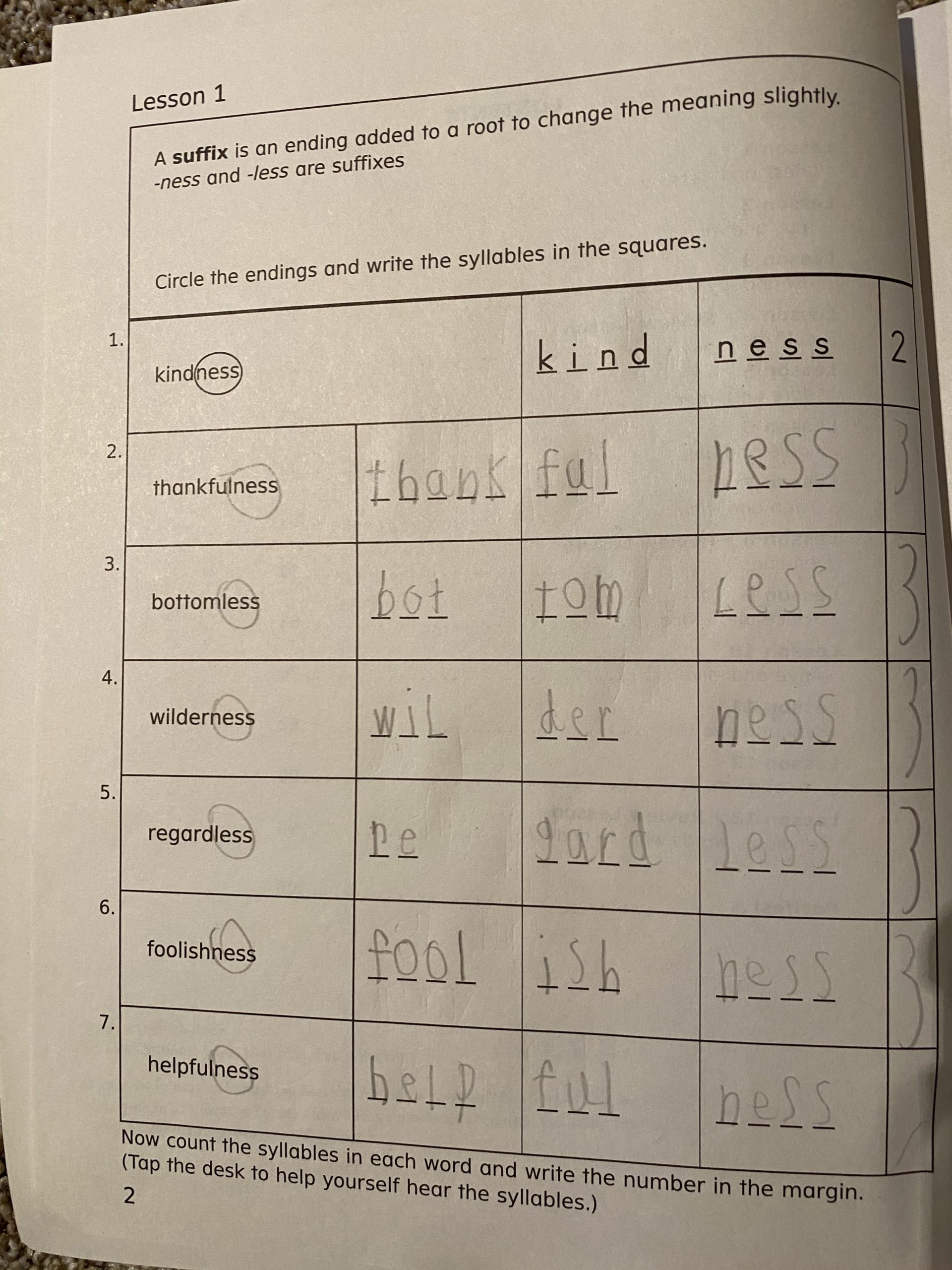
*********
Remember, learning how to read should be enjoyable! If there are tears, just read to your child (this can also include audiobooks!) until they are ready.
